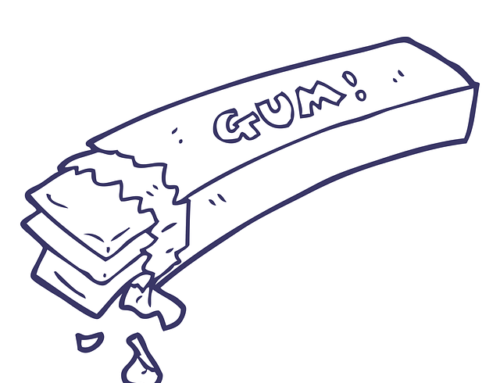Your temporomandibular joint (TMJ) is located where the jaw connects to the skull on each side. Similar to a hinge that opens and closes, the TMJ must function properly for chewing, talking, smiling and yawning. If you experience pain or other problems with the functioning of your TMJ, it can lead to jaw pain, clicking and popping the jaw, lockjaw, headaches, neck pain and ear pain. This means that the TMD pain is in your neck.
While many patients visit a dentist for treatment with mouth guards, braces or other dental options, not all cases will respond to these interventions–especially if it is related to your neck.
Developing pain from the neck
When the origination of TMD pain is in your neck, this is when a simple correction of cervical alignment can be profound results for TMD. The alignment of your neck affects jaw function because the skull sits on the very first vertebrae at the top of the neck, known as the atlas. This provides mobility for the head, allowing it to move in different directions. However, it can also twist out of place through trauma, accidents, falls or poor posture.
If it does twist out of position, your head may sit “crooked” on top of the neck, leading to an imbalance in the muscular function and articulation of the jaw joints. The atlas also protects delicate brainstem nerves that are responsible for giving the head and face their feeling and function.
Contact Craniofacial Pain & Dental Sleep Medicine Center of Georgia to learn more and find out if your jaw pain is caused by your neck.






